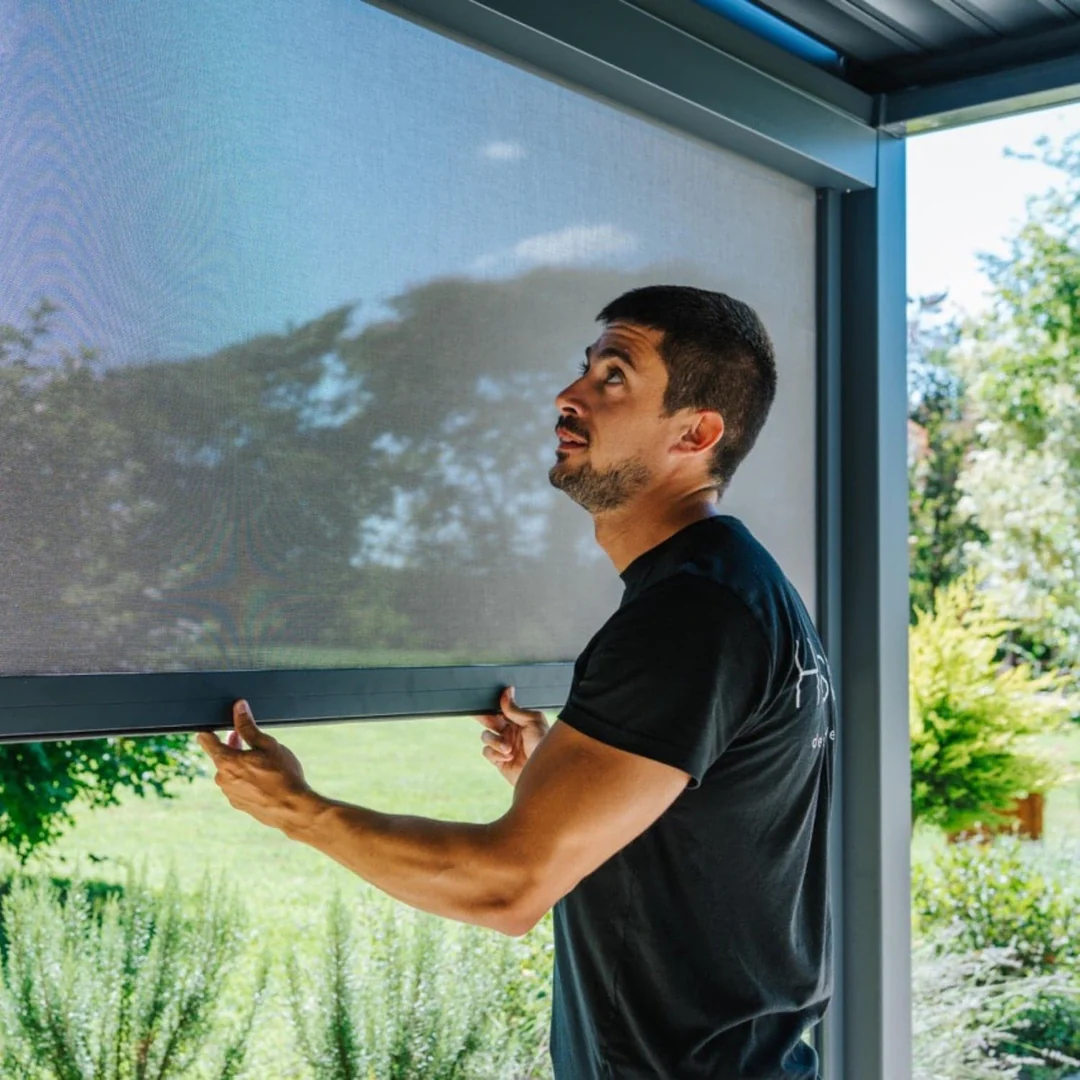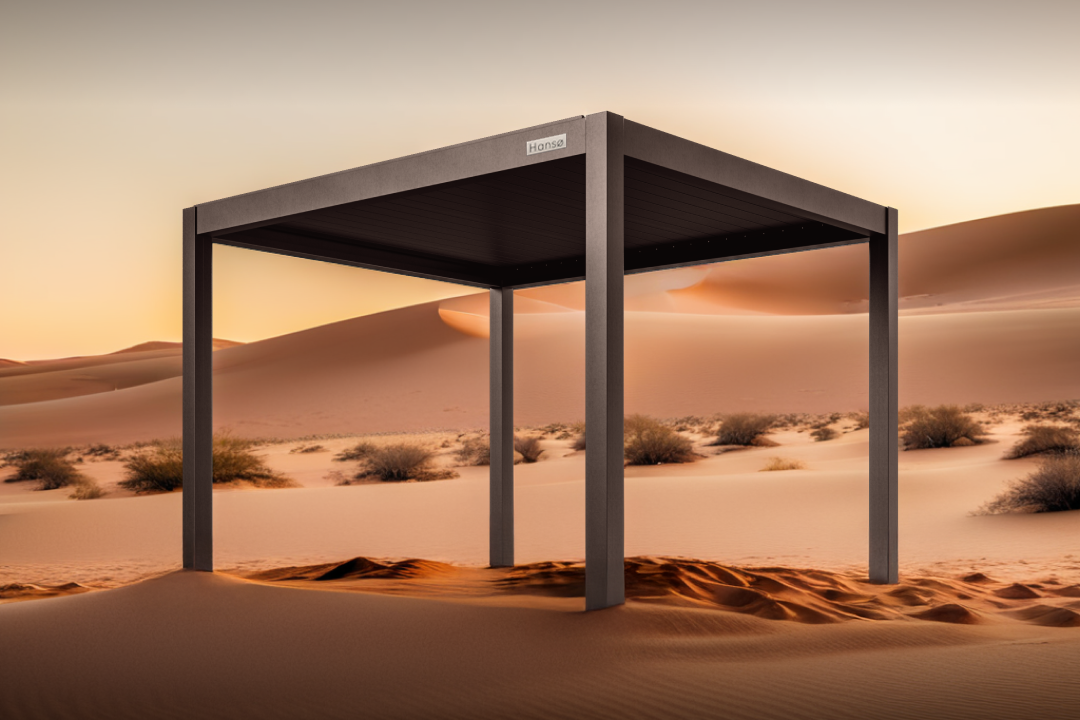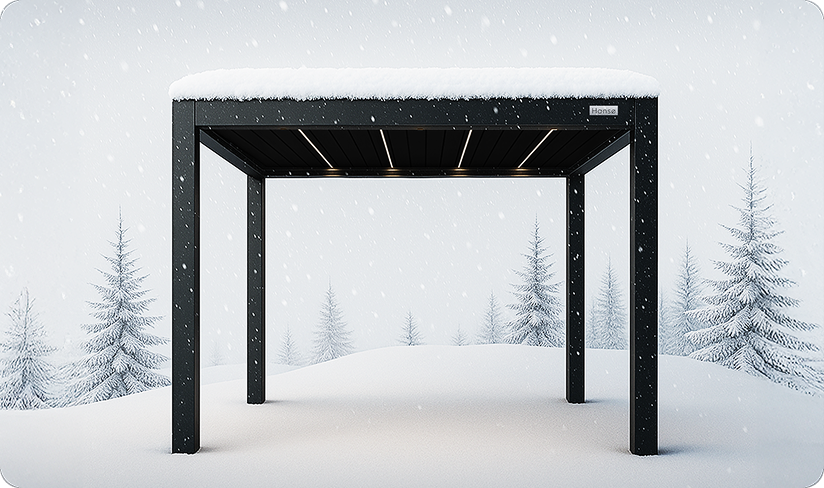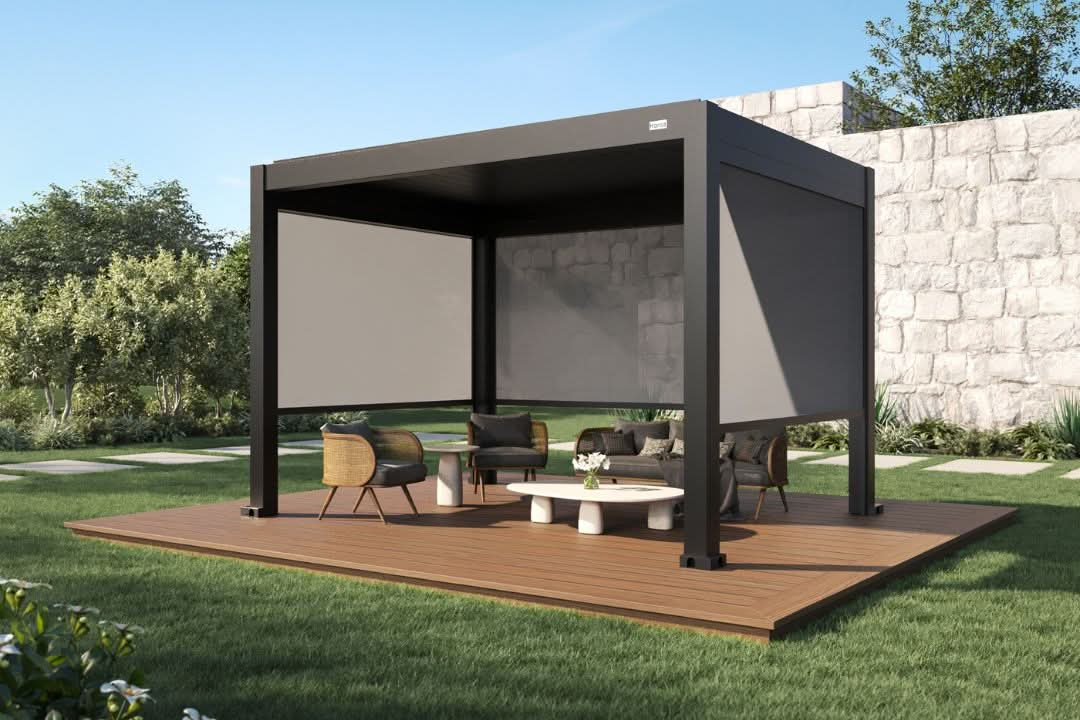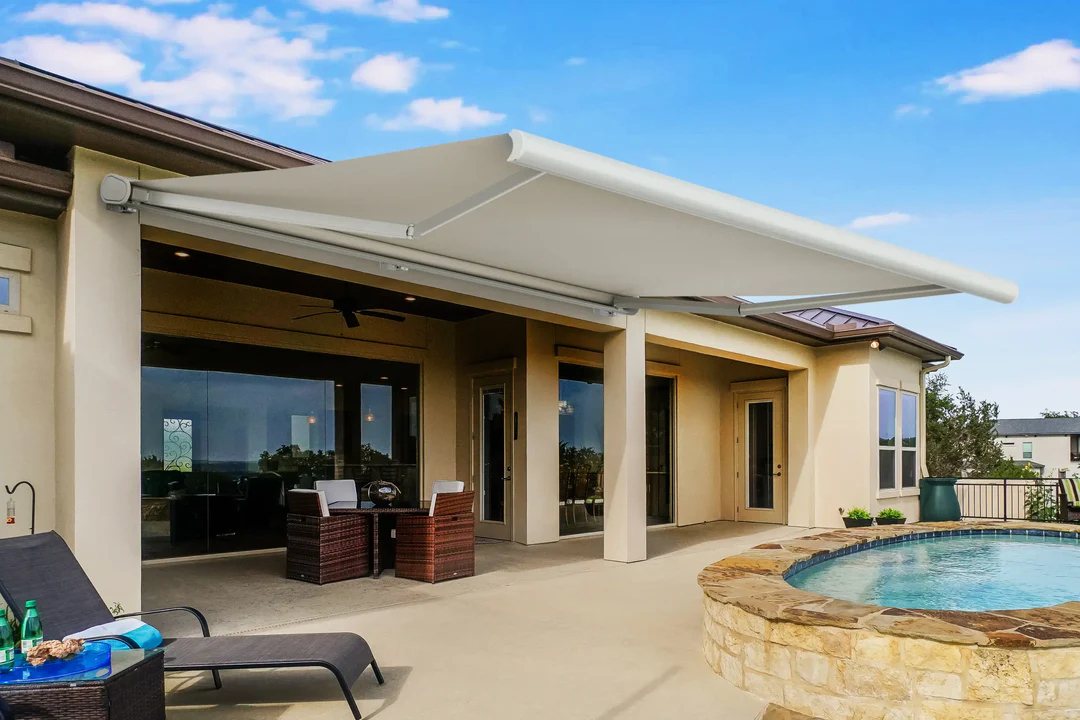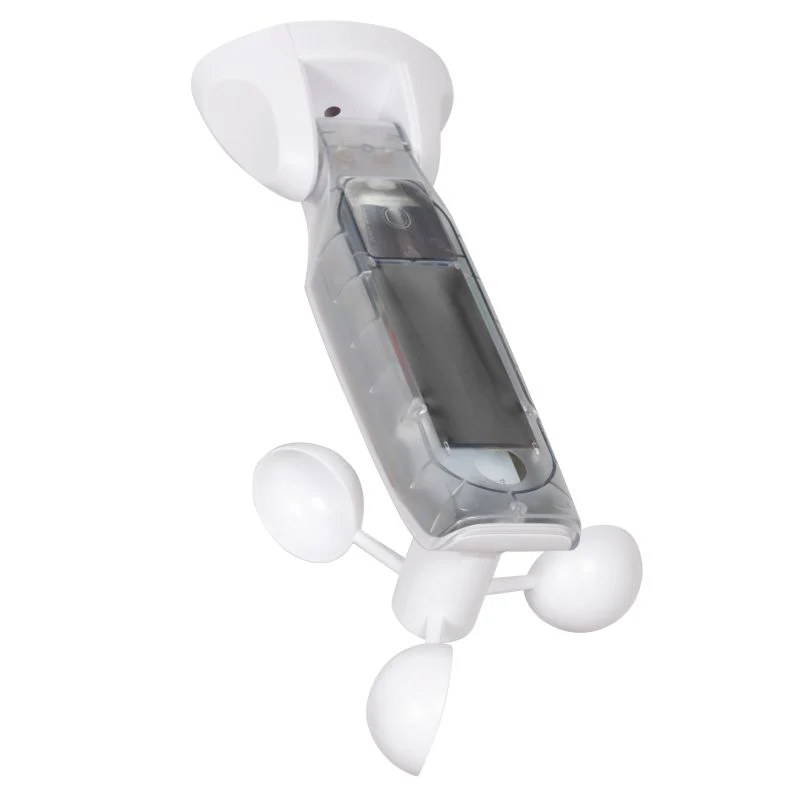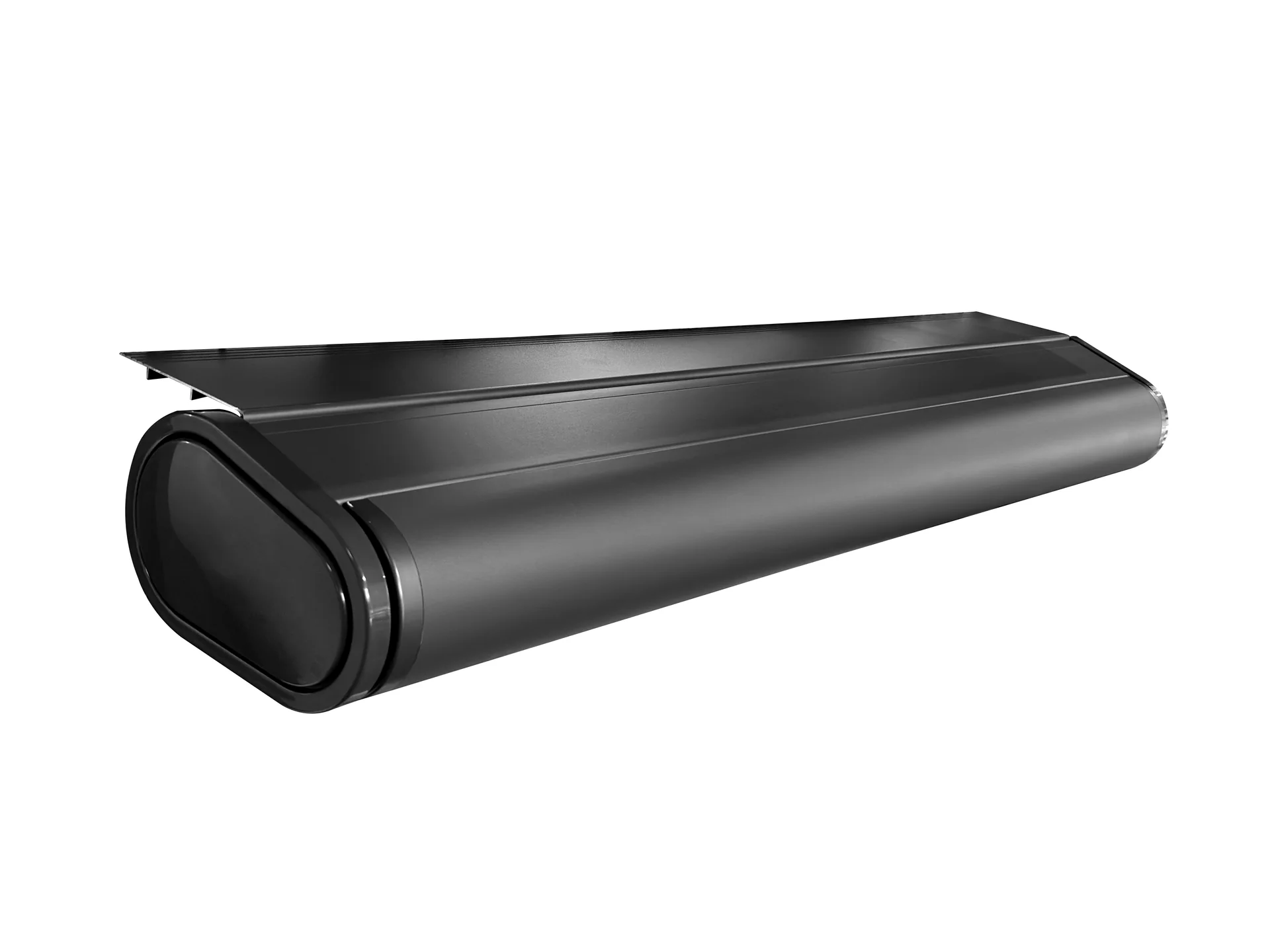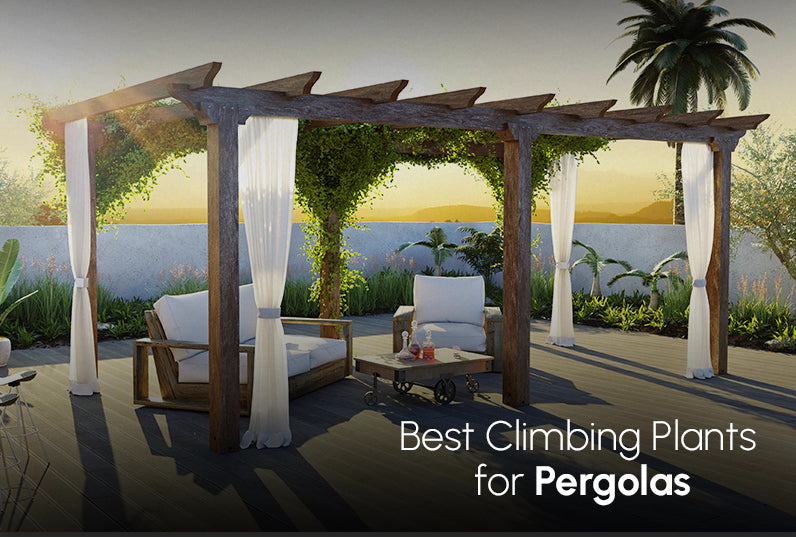Can a Pergola Be Built on Grass? Detailed Guide

Perhaps you're wondering if building a pergola on grass is possible.
Well, the answer is a resounding yes!
Pergolas built on grass are less common. It is still possible, though. Building a pergola on grass can transform your outdoor living space into a haven of relaxation and beauty.
Imagine having a pergola, seamlessly standing on grass or extending from your patio or deck onto the lush green grass.
Embrace the possibilities of a pergola installation on grass. Get ready to enjoy the fresh air and elevate your outdoor living experience.
Understanding the Grass as a Base for a Pergola
General Characteristics of Grass
Most backyards have grass, which is adaptable. With care, grass can make pergolas and other outdoor buildings lush and verdant.
Consider grass softness and unevenness when installing pergolas.
Benefits of Building Pergola on Grass
Constructing a pergola directly on grass can offer numerous advantages. One of the key factors to consider is the natural aesthetic.
A well-crafted pergola can serve as a stunning addition to your property, enhancing the aesthetic appeal of your home and its surrounding structures while also providing an inviting outdoor space for relaxation and entertainment.
It is highly advantageous to have a spacious yard as it provides the perfect location to anchor your pergola.
As you already understood, the grass also offers flexibility when choosing the location for your pergola.
Unlike a pergola attached to the house or other permanent structures, on grass it can be built almost anywhere within your property bounds, providing an adaptable solution for utilizing your space.
This makes it easier to accommodate the size of your pergola, typically measured in feet, to suit your yard layout and needs best.
Challenges of Building Pergola on Grass
Grass lacks the firmness and stability of concrete or pavers, which are traditional materials for pergola foundations.
The weight of the pergola, combined with additional elements like beams and walls, requires a foundation that can securely support it without shifting or sinking.
Another challenge is the grass's susceptibility to weather conditions, which can impact the pergola's installation process.
Wet or frozen ground may hinder the placement of footings and make it difficult to secure the pergola's anchor points.
Therefore, careful consideration and proper grass preparation are necessary to ensure a stable, durable, and secure pergola installation.
The Feasibility of Building a Pergola on Grass

The concept of building a pergola directly on grass may sound challenging to some, but it's indeed a feasible project that can bring about significant transformation to your outdoor space.
However, the feasibility of such an undertaking largely depends on a variety of factors.
Ground Condition
Building a pergola requires stable and level ground for the structure to stand firm, especially under heavy winds and inclement weather.
Grass surfaces, generally speaking, may not be as stable as concrete or pavers.
However, with proper preparation such as leveling the ground, installing concrete footings, and using sturdy materials, you can ensure the pergola's stability.
Type and Weight of Pergola
The next factor to consider is the type of pergola and its weight.
Free-standing pergolas are generally heavier and may require more substantial support compared to an attached pergola that shares some load with an existing structure like your house.
Ensuring the pergola posts are deeply dug into the ground and well-anchored can ensure the pergola stands secure on grass.
Maintenance
Maintenance is another aspect to consider. Regular maintenance of a pergola installed on grass can be slightly more demanding compared to one installed on a concrete slab.
This is because grass and moisture can cause wood to rot over time.
However, using aluminum pergolas or weather-resistant wood or applying a protective coating can mitigate this issue.
Local Building Codes and Regulations
Finally, the local building codes and regulations in your area may impact the feasibility of installing a pergola on grass.
Most of the time it is not required to have a permit to build a pergola, but it's crucial to check these requirements to ensure your project is legally compliant.
Can you Put a Pergola on Artificial Grass?
Yes, you can put a pergola on artificial grass. However, there are a few important factors to consider before proceeding.
- Firstly, ensure that the artificial grass is installed correctly and securely. The base should be stable and compacted, providing a solid foundation for the pergola's posts or supports.
- Next, test how much your artificial grass can actually hold. When paired with vines or other hanging plants, a pergola's weight can increase significantly. Verify that your grass can support the extra weight without sinking or damaging it.
- Think about how the pergola will be anchored as well. In the event of high winds or other forms of instability, it is essential that it be firmly anchored to the ground.
- Lastly, be mindful of the installation process. Ensure that the pergola's posts or supports are installed in a way that avoids damaging the artificial grass.
Artificial grass is one of the trending pergola flooring ideas, but make sure that you placed and assembled your pergola structure correctly.
Guide to Building a Pergola on Grass

Preparation: Site Selection and Clearing
After visiting home improvement stores. Start by selecting the right location for your pergola is crucial to its functionality and aesthetic appeal.
Consider factors such as sunlight exposure, view, proximity to the house, and the landscape's natural elements.
Keep in mind that your pergola should complement your outdoor space rather than obstruct it. Once you've chosen your site, you need to clear it.
This involves removing any plants, rocks, or other debris and ensuring the ground is level.
If you're installing the pergola on grass, consider whether you want to keep the grass underneath or replace it with another material, such as pavers or a concrete slab.
Installing Pergola Posts on Grass
-
Start by marking the spots where you'll dig holes for your pergola posts. While digging holes carefully to ensure the posts will be evenly spaced.
-
Using a post-hole digger, dig the holes to the depth recommended by your pergola kit instructions or your building plan. The depth may vary based on the size of the pergola and the weight it will need to support.
-
Insert the anchors into the dug holes. Use a level to ensure the posts are straight.
-
Drill holes on the pergola footings, if not present. Fill the anchors inside the holes with concrete, making sure the posts are securely set in the concrete. Let the concrete dry completely before proceeding.
-
Once the posts are secure and the concrete is dry, start installing the beams. These should be attached to the posts, usually with metal brackets or bolts.
-
The rafters should then be installed perpendicular to the beams. These provide the majority of the shade and are a great place to hang string lights or climbing plants for added aesthetic appeal.
-
Ensure the entire structure is level and secure. If there's any imbalance, it could compromise the structure's stability.
Maintenance of Pergola Built on Grass
Maintaining a pergola built on grass can present unique challenges.
The grass under and around the pergola posts may struggle to receive adequate sunlight, affecting its health and appearance.
Regular lawn maintenance, like mowing and watering, may also be more difficult around the pergola posts.
To maintain your pergola and the surrounding grass, consider these tips:
-
Regularly check the structure for signs of wear and tear or instability. Repair any issues promptly to prevent further damage.
-
Clean the pergola as needed to remove any dirt, debris, or mildew. A power washer can be useful for this.
-
Aerate and fertilize the grass regularly to keep it healthy. Be careful when mowing near the pergola posts.
-
Consider installing a border or mulch around the pergola posts to reduce the need for mowing in these areas.
It can transform your outdoor living space, providing shade and aesthetic appeal. With careful planning, installation, and maintenance, you can enjoy your pergola for many years to come.
Advantages of Building Pergola on Grass
We must say that constructing a pergola on grass can provide numerous benefits that can elevate your outdoor area into a tranquil haven.
Undoubtedly, one of the most remarkable advantages of installing a pergola is the enhanced visual allure it imparts to your outdoor space.
The addition of a pergola to your property can bring a touch of elegance and sophistication to your outdoor space.
- The unique design and structure of a pergola can perfectly complement your home's style, enhance its overall visual appeal and even adds extra value to your home.
- Additionally, coupled with the lush green grass underfoot, a pergola can create a cool and inviting ambiance that makes your backyard the perfect spot for leisure and relaxation.
- Moreover, pergolas are perfect for supporting climbing plants. Imagine your pergola draped with greenery and blooming flowers - it's a sight to behold.
- Not only does this boost the aesthetic value, but it also helps create a natural canopy for more shade.
- Lastly, having a pergola installed on grass allows you the flexibility to choose its location within your yard. You can select a spot that offers the best view, or strategically place it to enhance privacy.
Summary
Building a pergola on grass is a feasible and rewarding home improvement project.
It brings both visual charm and practical value to your outdoor space. Whether you're looking to create a quiet spot to enjoy a cup of coffee, a place to host summer parties, or a beautiful framework for your favorite climbing plants, a pergola could be the perfect addition.
But remember, the journey doesn't end with construction. Adding personal decorative touches, like string lights, potted plants, or comfy outdoor furniture, can make the space your own.
So why wait? Start planning your new pergola project today, and soon you'll be enjoying the fresh air under the shade of your backyard oasis.
Delivery is meticulously planned to align with your expectations, falling within an 8–10-week timeline and designed to bring you a product worth the anticipation.
Here's the deal:
The Hansø aluminum pergola kit is more than an addition to your backyard. It's an investment in your home, extending your living space into the outdoors and making your home stand out in the neighborhood.
With its unparalleled design, resilient build, and promise of transforming your outdoor living experience, it's time to step forward and make a decision that your future self will thank you for.
Invest in a pergola today and watch your outdoor space transform into an oasis of relaxation and enjoyment.
---


